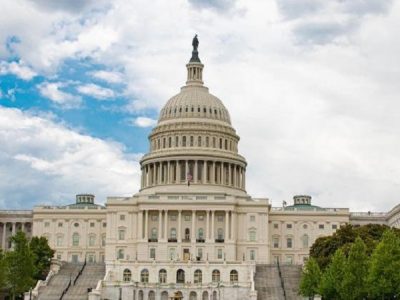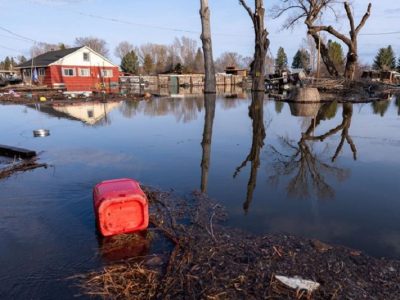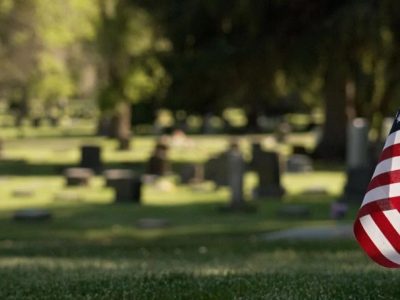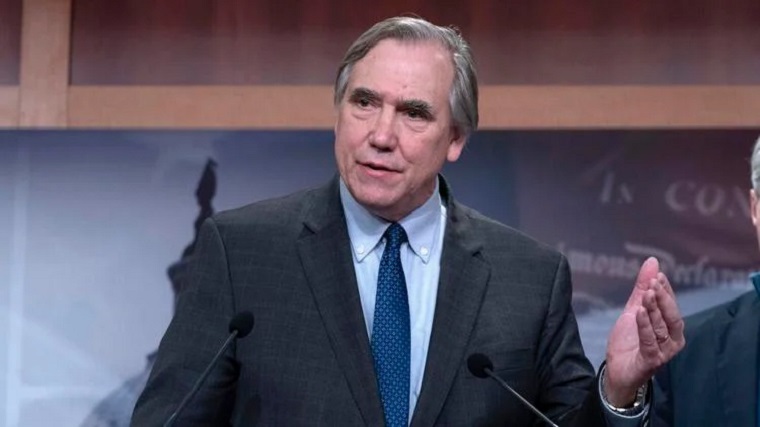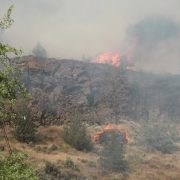
Bend, OR – In an effort to safeguard homes from wildfires and slow the surge in property insurance premiums, Oregon’s State Fire Marshal has joined forces with a national nonprofit backed by major insurance companies to launch a certification program promoting wildfire prevention.
On Friday, State Fire Marshal Mariana Ruiz-Temple signed a memorandum of agreement with Roy Wright, CEO of the Insurance Institute for Business and Home Safety (IBHS), to bring the “Wildfire Prepared” certification program to Oregon. Already active in California, the program recognizes homeowners who take specific steps to protect their properties from wildfire, such as clearing vegetation and combustible materials near structures.
The initiative is designed not only to reduce the physical risk of wildfire damage but also to provide insurers with a data-driven basis for potentially lowering premiums for certified homes. According to Oregon’s Department of Consumer and Business Services, property insurance premiums have risen approximately 30% since 2020.
Governor Tina Kotek, speaking at a press conference Monday, said the program could help Oregon avoid the insurance crisis faced by other fire-prone states.
“We still have an insurance market. California is really struggling to maintain insurance coverage. That’s not our issue right now,” Kotek said. “I think by working with the insurance industry and implementing best practices for communities, we’re going to have a different relationship than they have in California.”
California requires insurers to offer discounts for wildfire mitigation work, but Oregon has not passed similar legislation. Kotek emphasized that, at least for now, legislative mandates may not be necessary if collaboration continues.
The IBHS, a South Carolina-based nonprofit supported by insurers such as State Farm and Farmers Insurance, offers two types of Wildfire Prepared certificates: one for retrofitting older homes and another for newly constructed fire-resistant homes. To qualify, homeowners must create a defensible 5-foot zone around their homes—removing all combustible materials including mulch, wood fencing, and overhanging branches.
The program applies exclusively to owner-occupied, single-family homes up to three stories. It excludes townhomes, condos, apartment buildings, and rental properties. Homeowners must pay a $125 fee, submit photo documentation, and undergo a third-party inspection. Annual maintenance photos are required to keep certification valid, and full recertification is required every three years.
Andrew Stolfi, Oregon’s Insurance Commissioner, expressed optimism that the certification could eventually stabilize or lower insurance costs in the state.
“When consumers and the state invest in reducing wildfire risk, insurers — guided by data and science — should reflect that progress in rating and underwriting, helping to keep coverage available and affordable for Oregonians,” Stolfi said in a news release.
While the certification program is gaining momentum, state support to help homeowners cover mitigation costs has dwindled. In 2021, following the devastating Labor Day wildfires of 2020, the Oregon Legislature allocated more than $30 million for home hardening. By 2023, that amount had dropped to roughly 10% of the original funding. A 2024 grant program offering $250 for defensible space landscaping has also run out of funds.
Despite this, Kotek reaffirmed her commitment to securing more resources.
“The session’s not over yet,” she said. “I’m going to continue to fight for dedicated dollars, and frankly new dollars, to help have more of these community-based grants to help not only individual homeowners harden and be protected from wildfire, but the whole community.”
In addition to certification, the state and IBHS plan to collaborate on wildfire research, public education, and post-fire analysis, with the broader goal of making Oregon’s communities more resilient in the face of growing wildfire threats.

